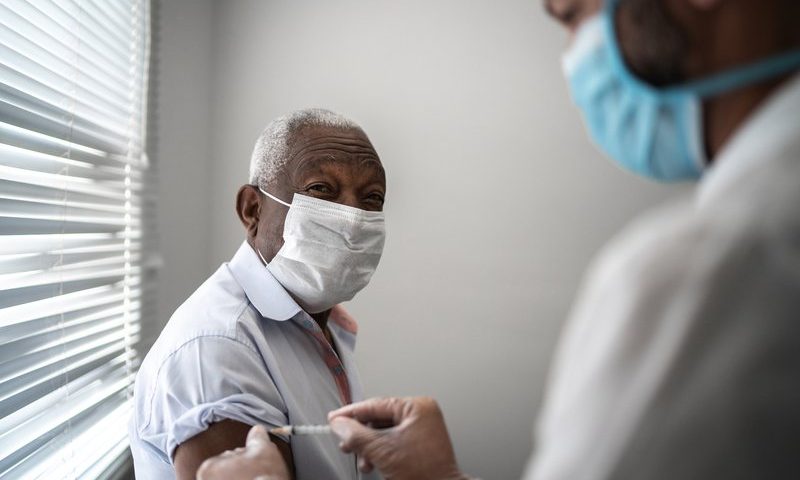COVID-19 brought the world’s top pharmaceutical companies together to cooperate on treatments and vaccines, and now, Novartis’ corporate responsibility chief is hoping they will pick up his calls for a big ask.
The Swiss drugmaker has launched an ambitious diversity and inclusion program that includes funding for historically Black colleges and universities, mentoring, a new clinical trials center and data quality research, among other lofty goals.
Novartis is pledging an initial $20 million for the Thurgood Marshall College Fund, the Morehouse School of Medicine and 26 other schools. Another $13.7 million will establish three research centers at Morehouse for clinical trials and the impact of the environment and climate change on health.
Other objectives include scholarships, mentoring for HBCU students with Novartis, internships and research grants for projects aimed at developing actionable solutions for health equity issues.

There’s a lot to do. The 10-year collaboration will attempt to tackle the root causes of systemic disparities in healthcare as well as the massive challenge of increasing diversity and inclusion in clinical research.
Patrice Matchaba, president of the Novartis US Foundation and head of U.S. Corporate Responsibility, said his company wanted to do more in the aftermath of George Floyd’s murder and the Black Lives Matter protests than just issue a press release.
COVID-19’s disproportionate impact on communities of color also brought home the need to change the systemic disparities in healthcare.
“It became clear that the impact of COVID on different races is not based on genes. It’s based on their frontline workers,” Matchaba said in an interview.
He remembers questions about a lack of Black and Brown participants arising as the COVID-19 vaccines were tested, and felt the issue was much more complicated than people simply not wanting to sign up. These communities tend to have co-morbidities that sideline them from clinical research. They live in urban areas and can’t escape to the countryside to avoid rising infections. They work at jobs where they can’t take days away unpaid to spend at a clinic for follow up.
And most importantly—considering the dark history of medical experimentation on Black people—they don’t see themselves in the clinical staff administering the experimental vaccines. Just 2% of trial investigators are African American, according to Matchaba.
“The more we looked at the lack of participation of Black and Brown patients in phase 2 and phase 3 studies, it became clear to us that there were not enough investigators from that community,” Matchaba said. “COVID, and all these events, got us to the tipping point. No one argues now about this systematic problem we have.”
And so began the building of the ambitious new program that hopes to raise up a new generation of clinical researchers, data experts and doctors.
Over the next six months, Matchaba said Novartis will work with the schools to define the best way to build a clinical trial center that will make people of color feel comfortable participating.
The research to be conducted in this new center is to be determined, but Matchaba said Novartis will certainly offer up its vast pipeline for the future clinicians.
It’s a great start, but Novartis can’t do it alone. And that’s where a COVID-19 phone tree of sorts comes into play.
Matchaba, who is a trained obstetrician and gynecologist and has worked in drug development at Novartis prior to his current role, co-chaired meetings last year with 15 major pharmaceutical companies and the Bill & Melinda Gates Foundation. He plans to use the connections made there to get other companies to sign on to the new program.
“We have the relationships now to reach out to them and this is not a competitive space,” he said. “We will, in the coming days and weeks, start giving them calls and say, ‘Here is the program. You can choose where you want to participate.’”
There is no shortage of money flowing into the issues of diversity in the medical system, according to Matchaba. But what the problem has lacked is a structured organization to post measurable impacts.
The program took four months to get all 27 of the schools’ presidents to sign on because Matchaba and his team wanted to build trust from the very beginning.
“We needed to show the credibility and trust. Otherwise, the feedback was, ‘We don’t want Band-Aid solutions.'”

